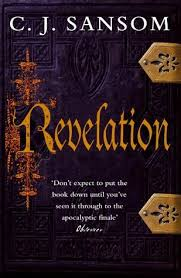I first came across Psychogeography by reading Will Self. Psychogeography is; 'How do different places make us feel and behave? The term psychogeography was invented by the Marxist theorist Guy Debord in 1955 in order to explore this. Inspired by the French nineteenth century poet and writer Charles Baudelaire’s concept of the flâneur – an urban wanderer – Debord suggested playful and inventive ways of navigating the urban environment in order to examine its architecture and spaces.' (Psychogeography, 2022). In Self's work, his connection with the streets that he walks (or his character walks) is clear, this effect of walking and the environment on our behaviour and our emotions seeps through every page. Similarly with W. G Sebald who I have written about previously on this blog. As a photographer I want to capture this essence of my own environment, the streets where I live, the feel of the place, essentially; '[the] Atmosphere can change within a very minute distance; every setting is full of life and character — something often overlooked by preoccupied thought.' (Lytton, 2012). Thinking about this and how I felt about photographing streets that I have walked several hundred times. I looked at the photographs of Wim Wenders. Wenders is a German Filmmaker and Photographer whose work always moves me. His photography in collections; Places Strange & Quiet, Once, and Written in the West, are all of the places in America that although, for the most part, are devoid of people, show the evidence of people. In these images below the empty streets and abandoned cars juxtaposed by the grey and looming sky, the lightning rod cuts into the sky as if expecting a storm to come. The one below 'Photography' I really enjoyed the emptiness and white space of the photography studio here - no name of the brand just photography!
America is filled with vast spaces that are strange and quiet, beautiful but ultimately quite frightening that such vast expanses are empty and it might be days before meeting another human.
This is very much in opposition to something like Michael Wolf''s 'Tokyo Compression' where passengers are shoved into packed subway trains and there is little room for breathing due to the density of the population.
Considering this in psychogeographical terms and how this way of living affects the indivual Wolf states; 'This is not a dignified way of living, It's like looking into a ride in hell.' (May, 2017)
References
Tate. 2022. Psychogeography. [online] Available at: https://www.tate.org.uk/art/art-terms/p/psychogeography [Accessed 20 April 2022].
Lytton, B., 2012. Psychogeography: Go and Get Lost to Shoot Something New. [online] PetaPixel. Available at: https://petapixel.com/2012/12/05/psychogeography-go-and-get-lost-to-shoot-something-new/ [Accessed 20 April 2022].
May, T., 2017. Michael Wolf's Tokyo Compression shows an undignified way to travel in Japan. [online] Creative Boom. Available at: https://www.creativeboom.com/inspiration/michael-wolfs-tokyo-compression-shows-an-undignified-way-to-travel-in-japan/ [Accessed 20 April 2022].
































